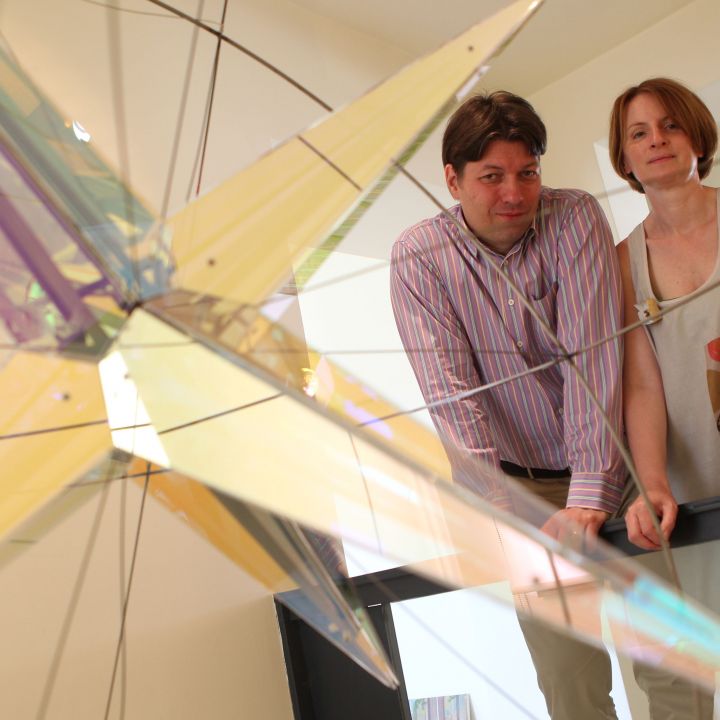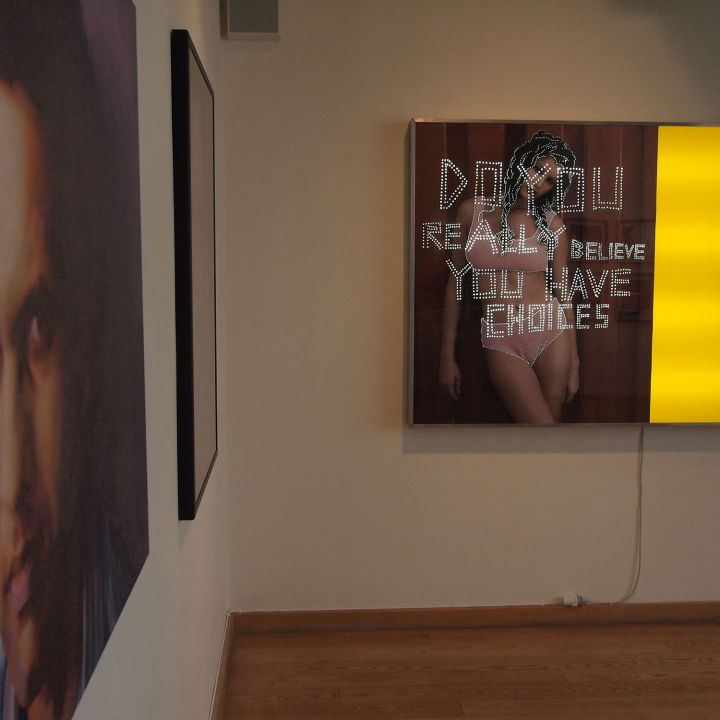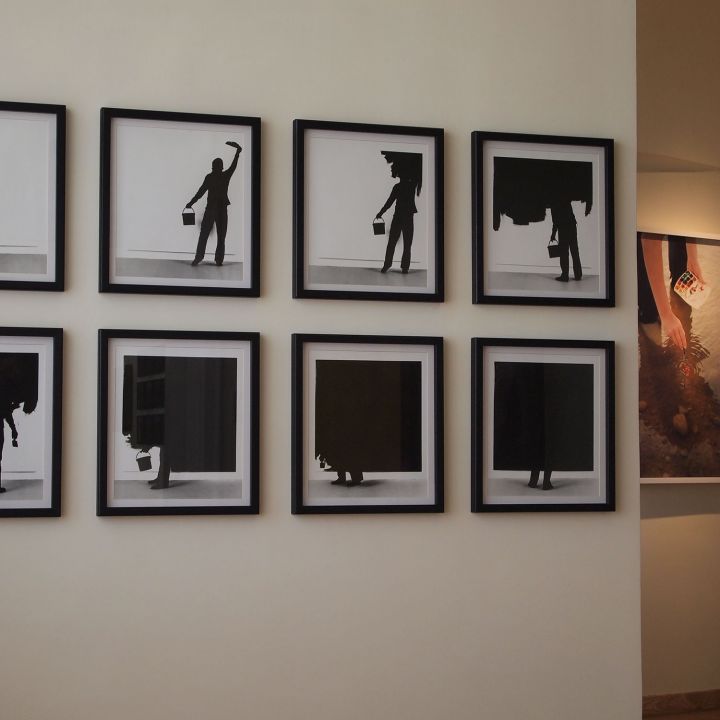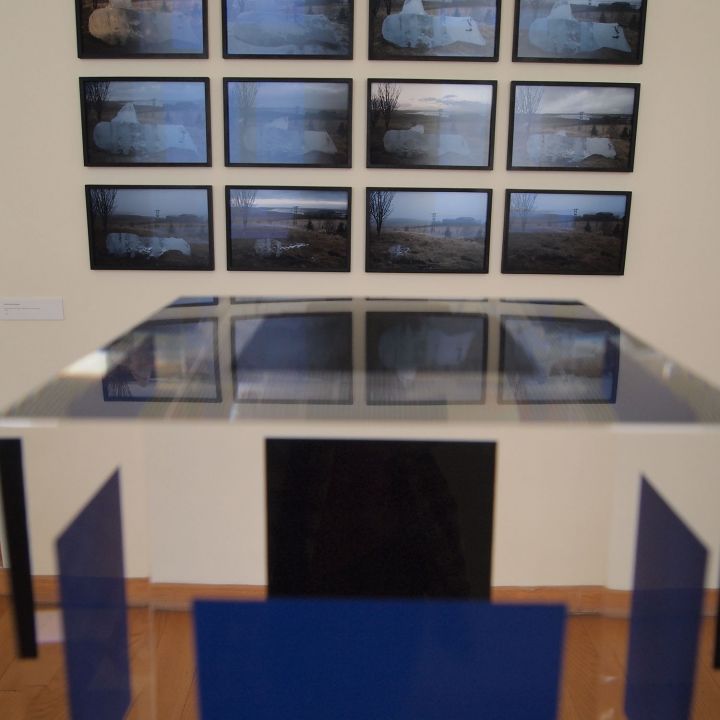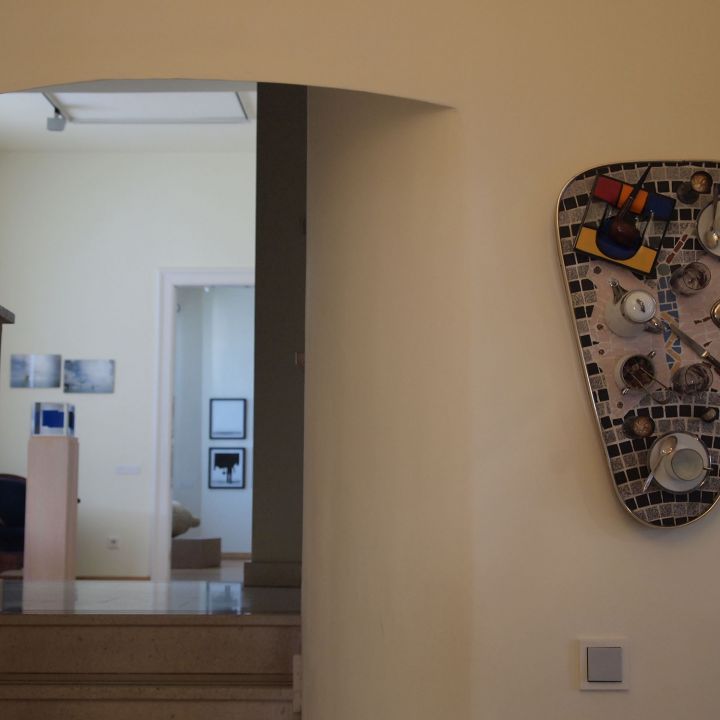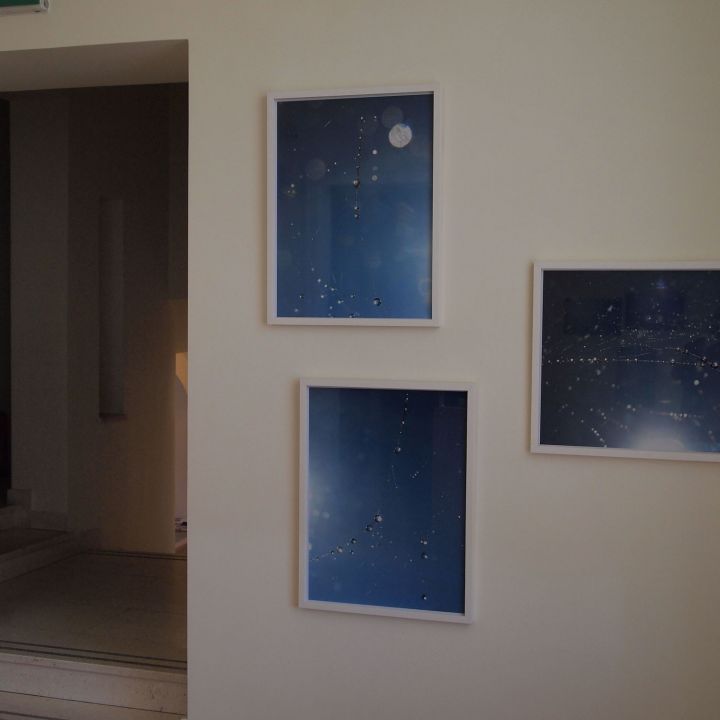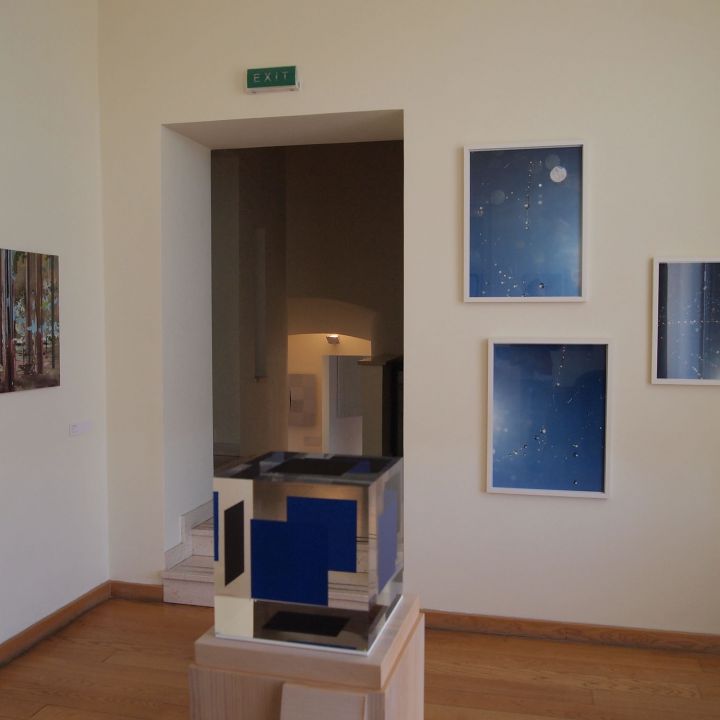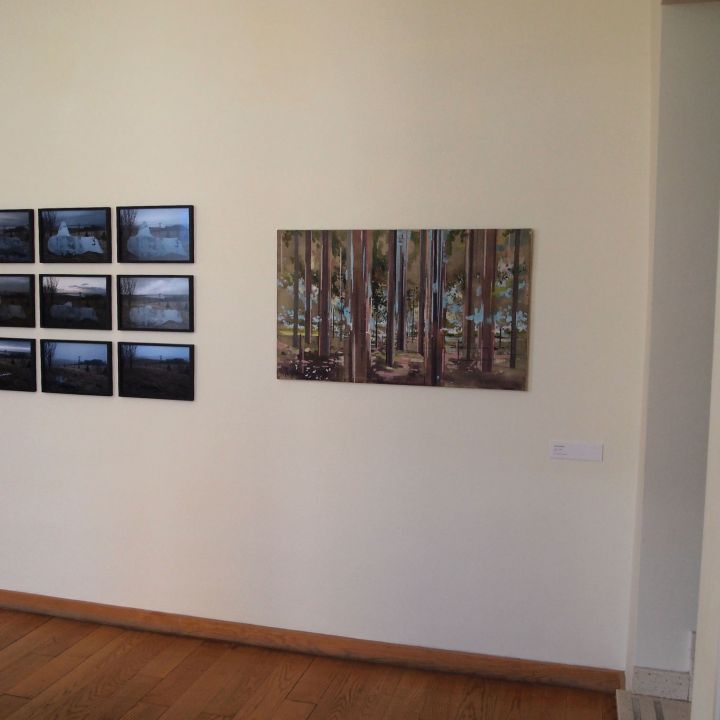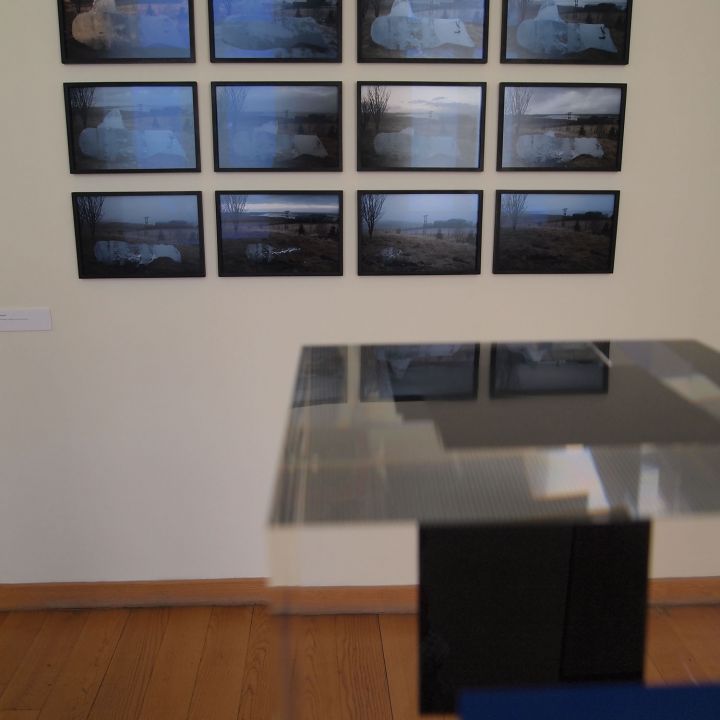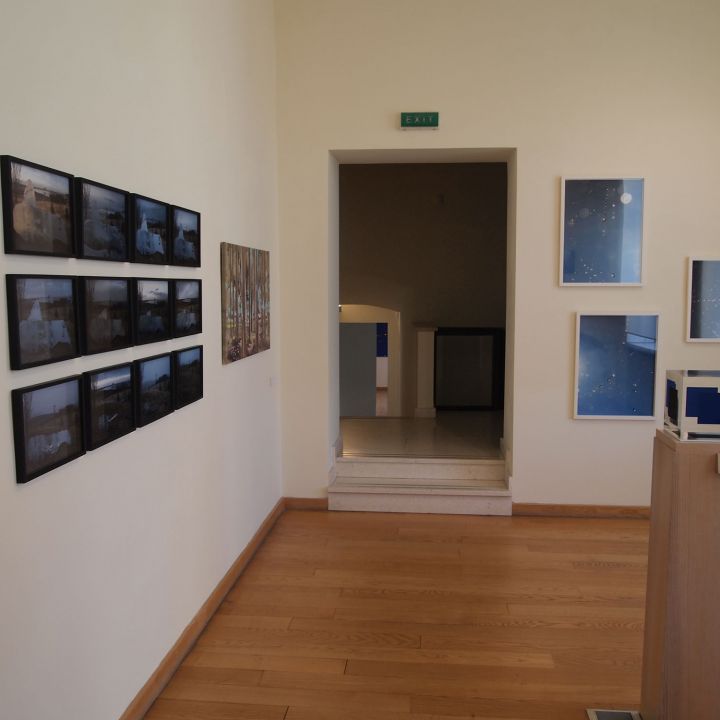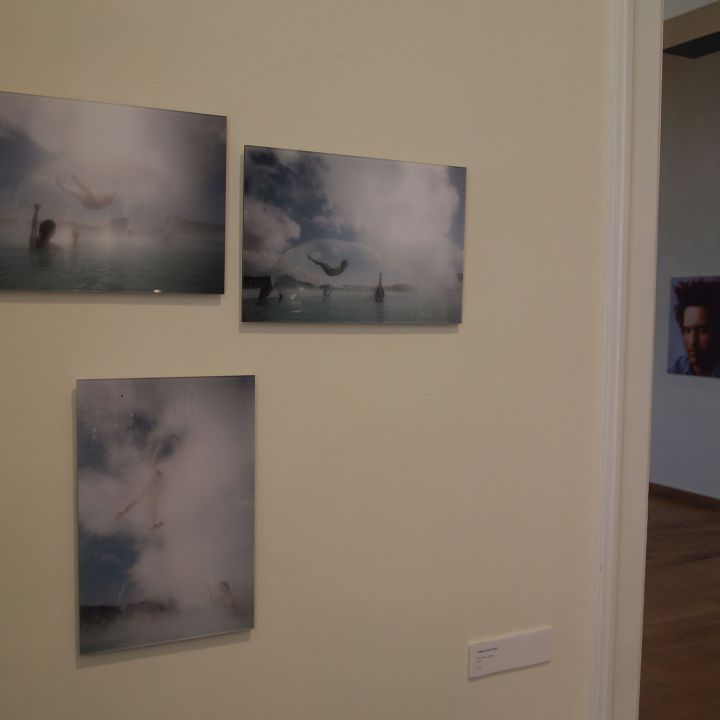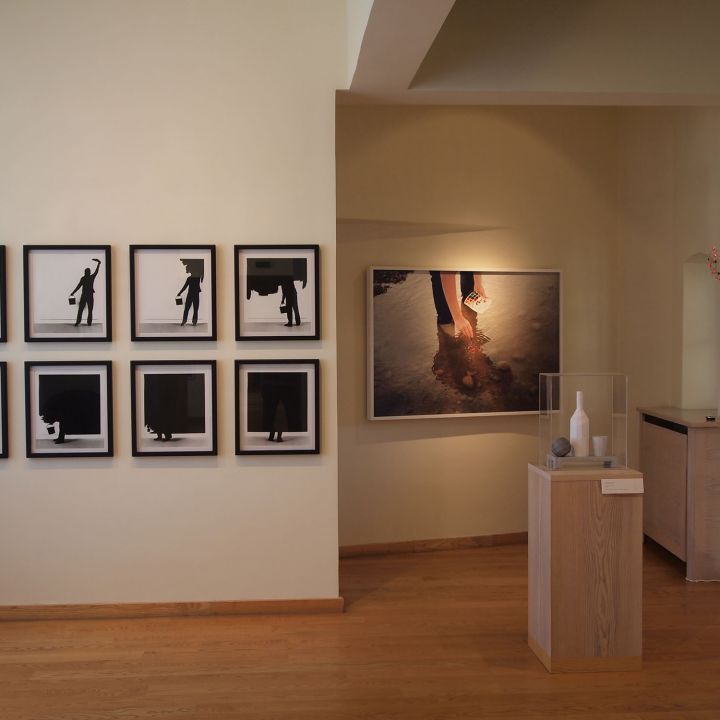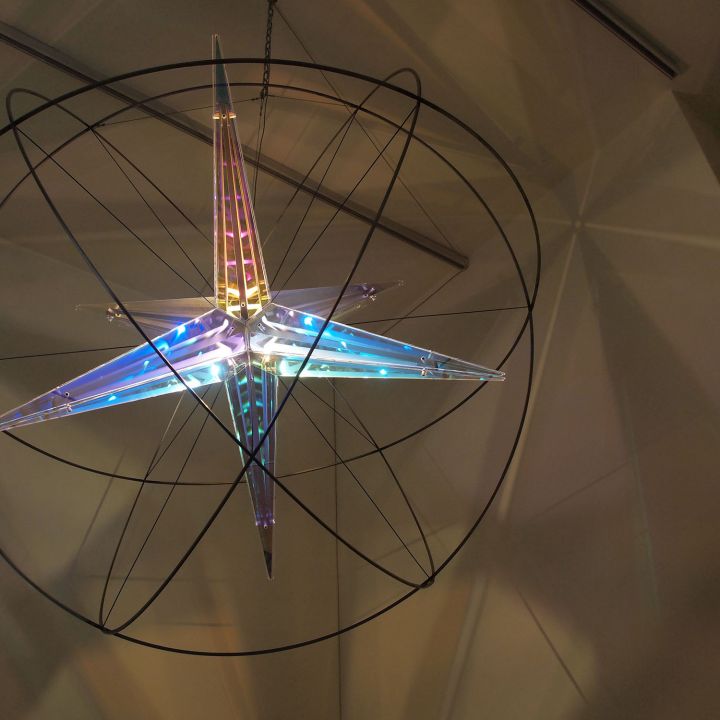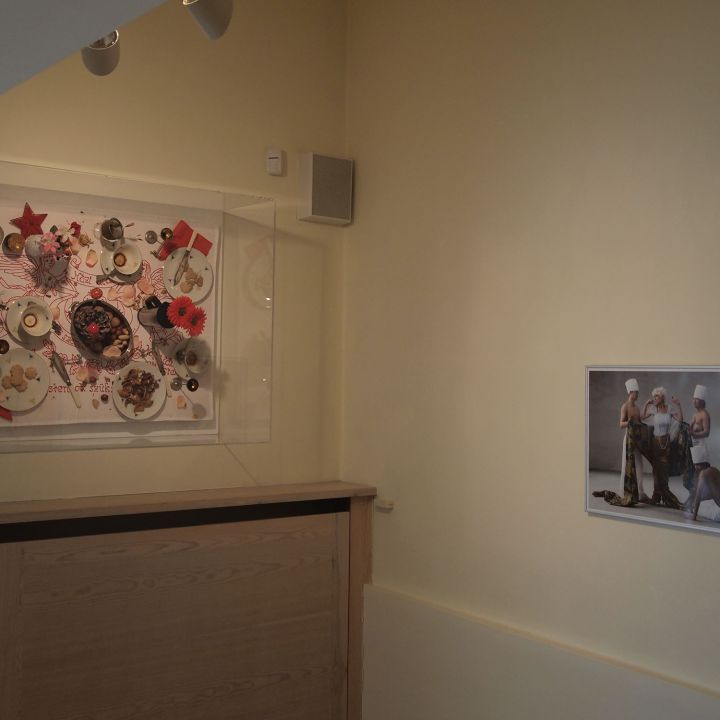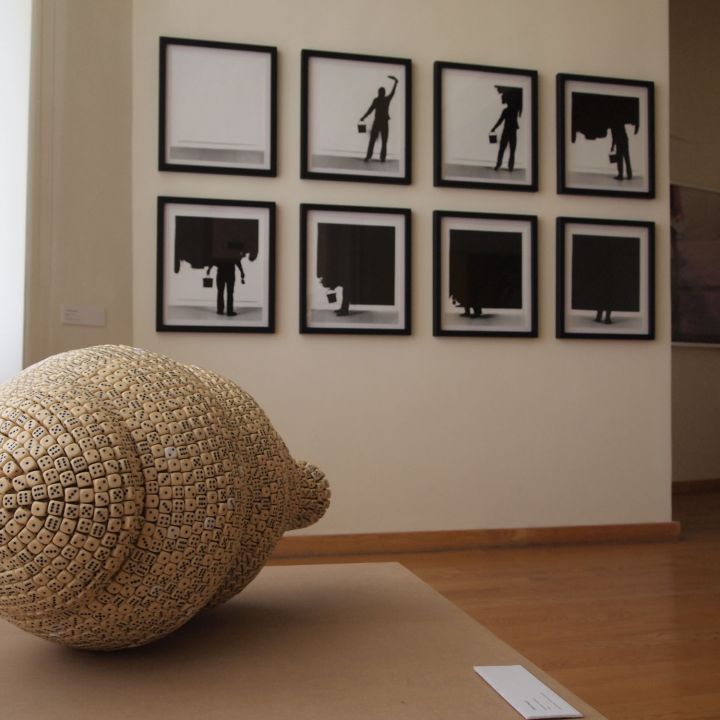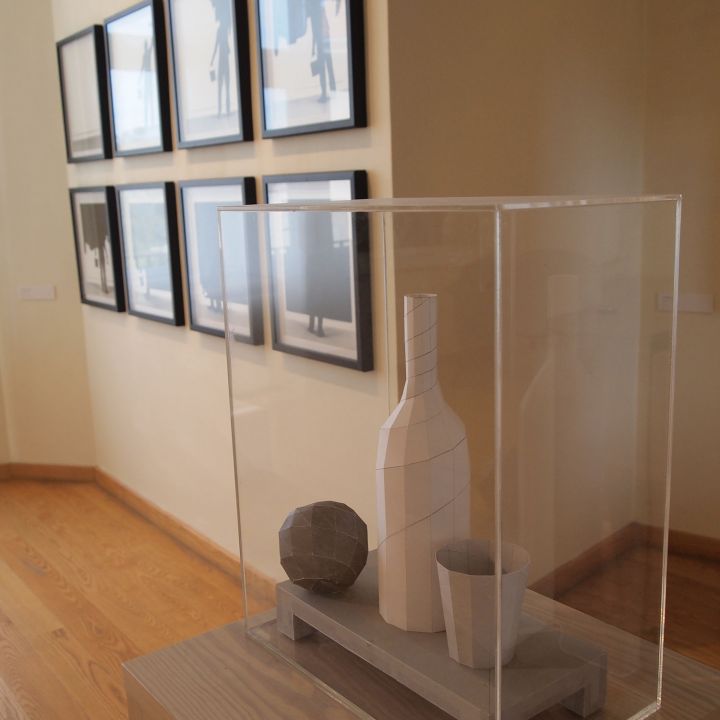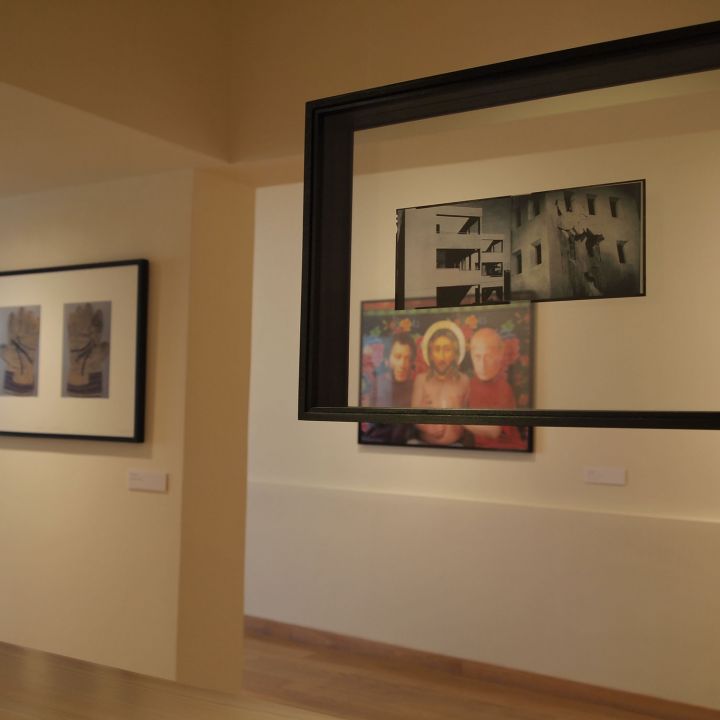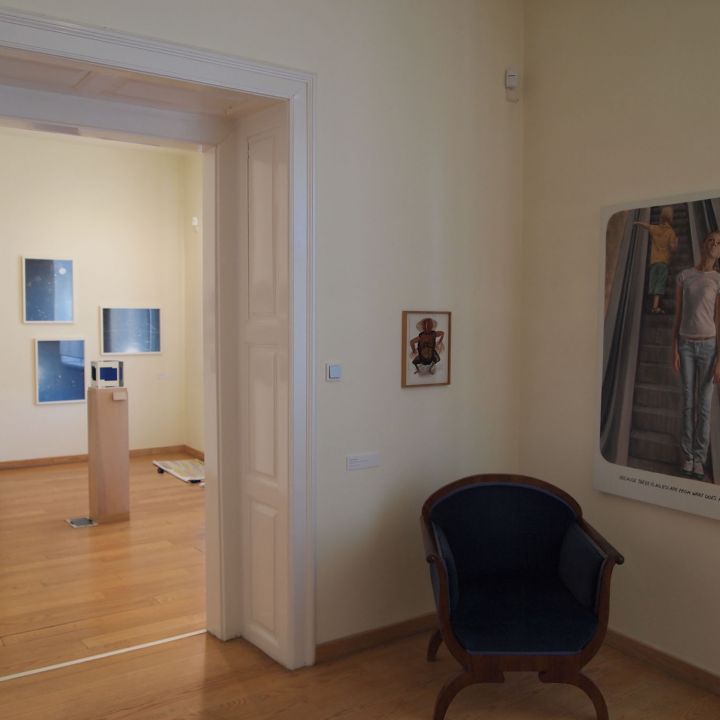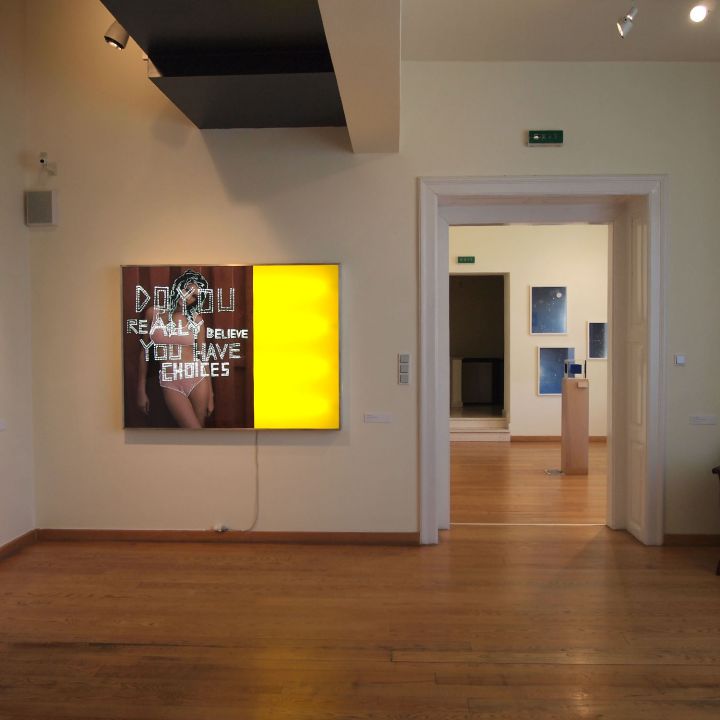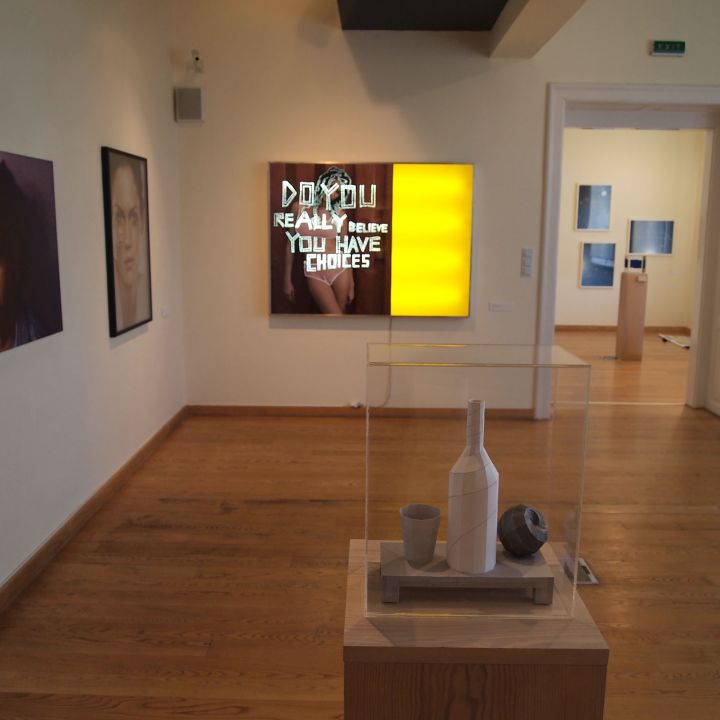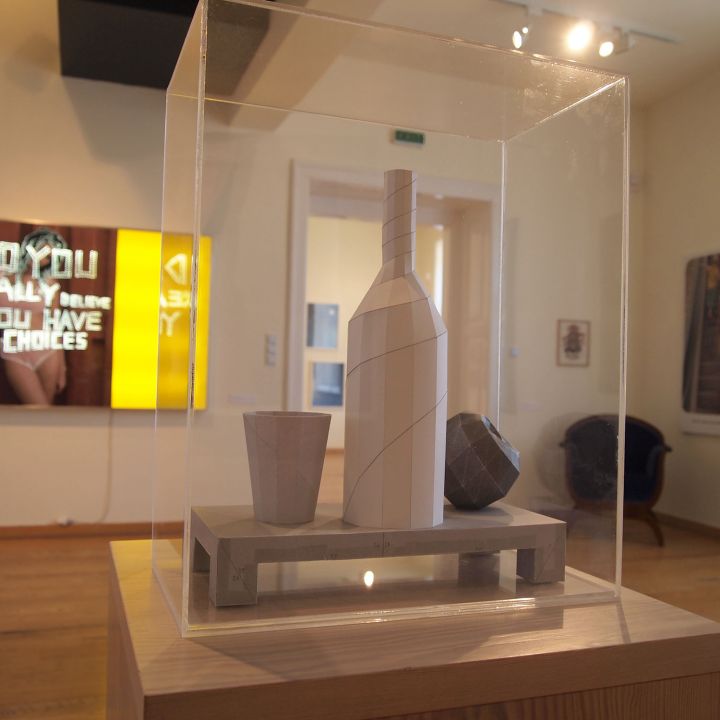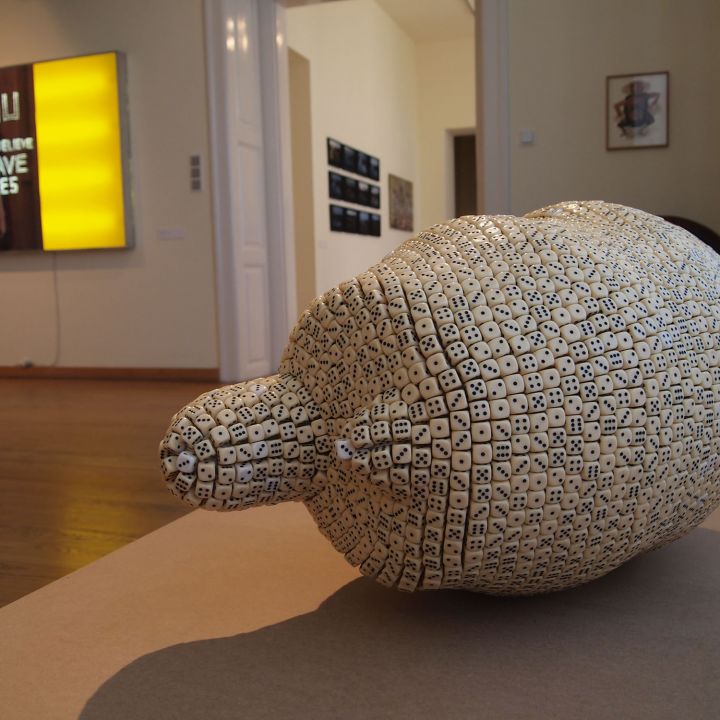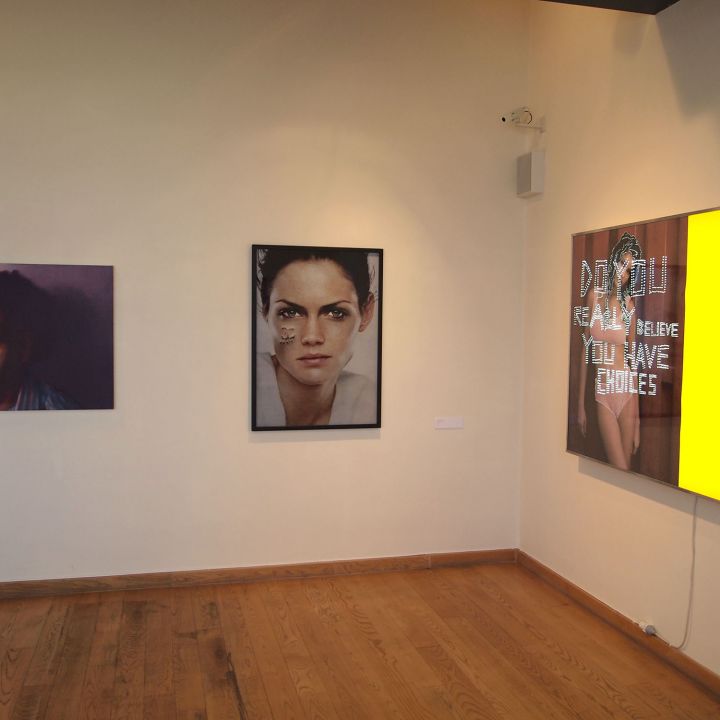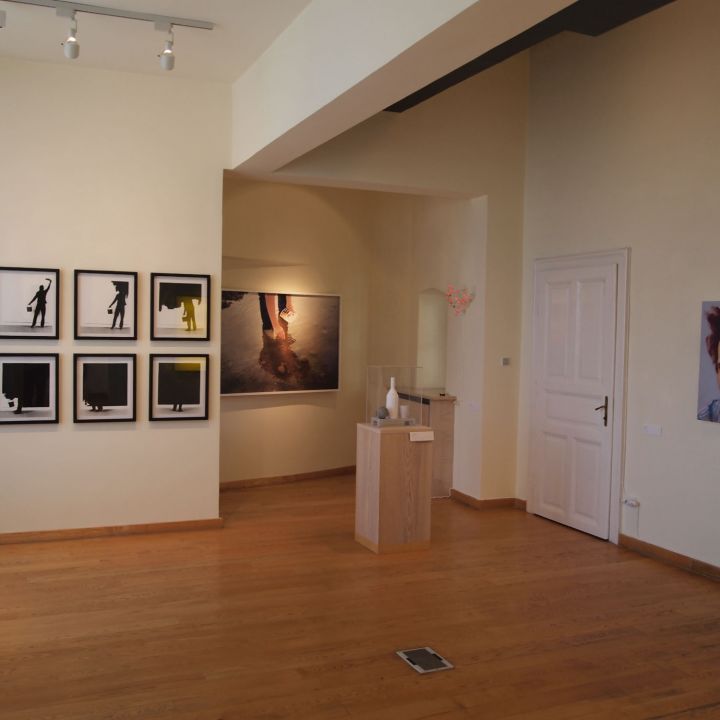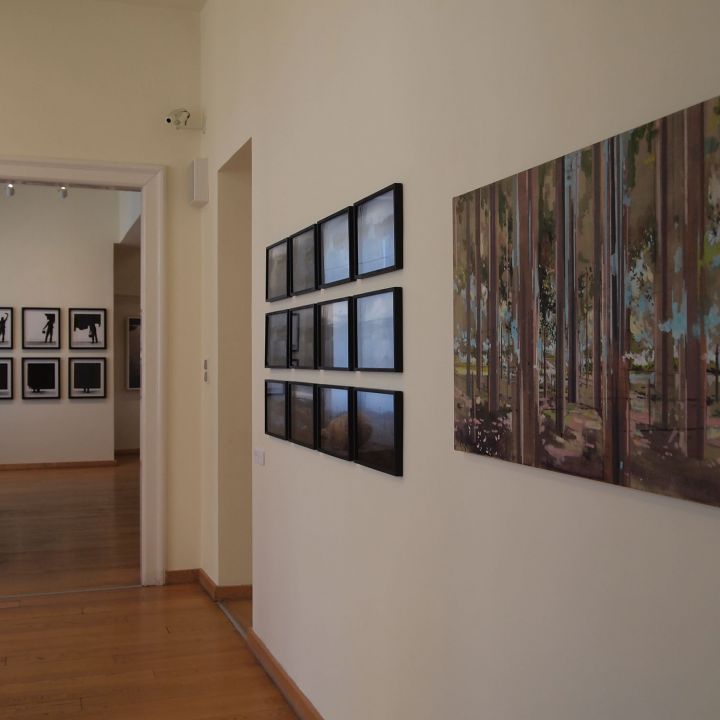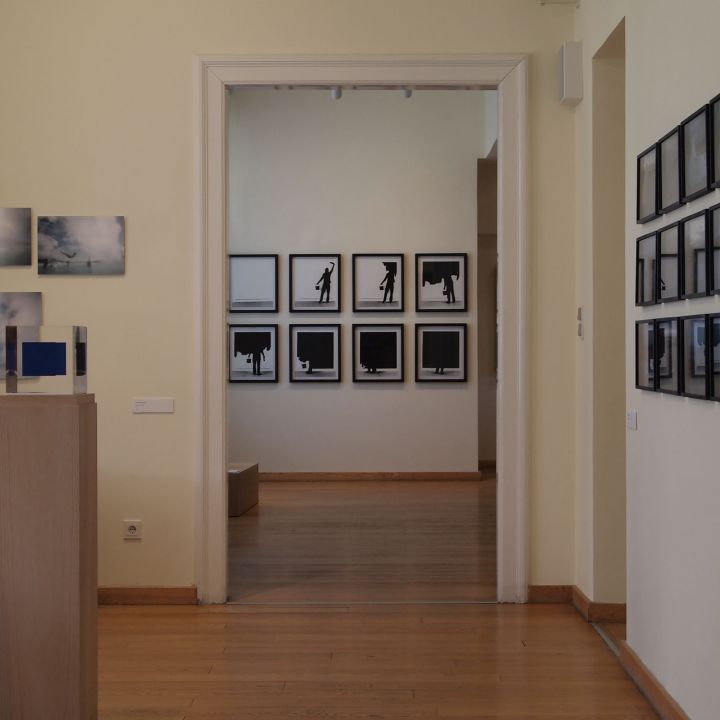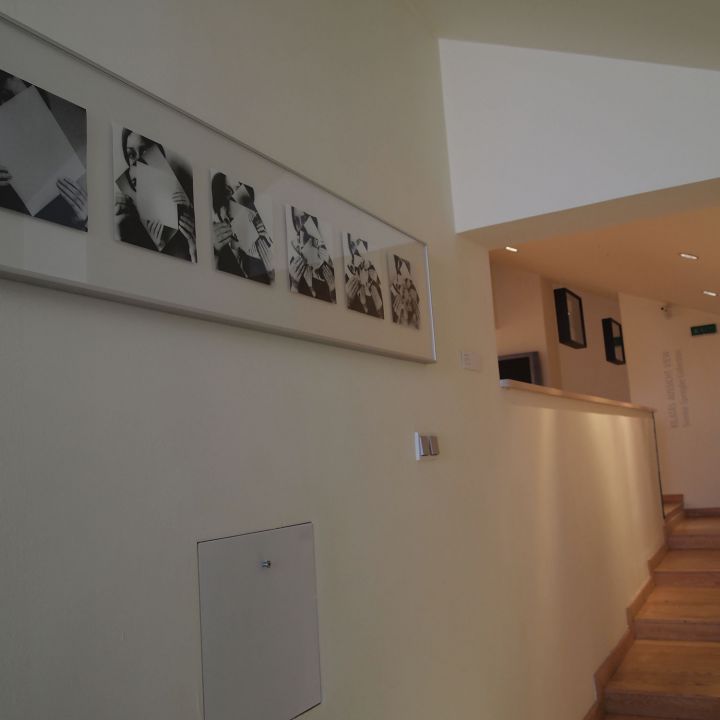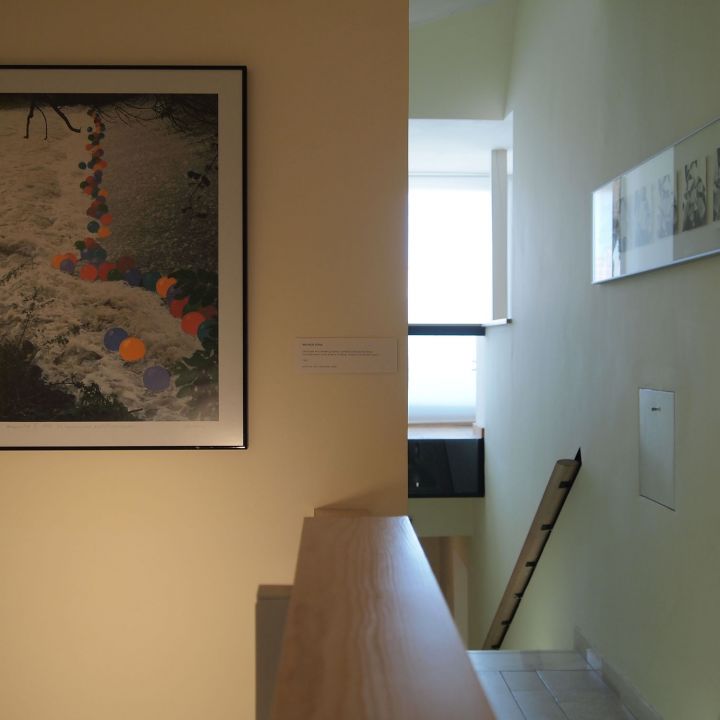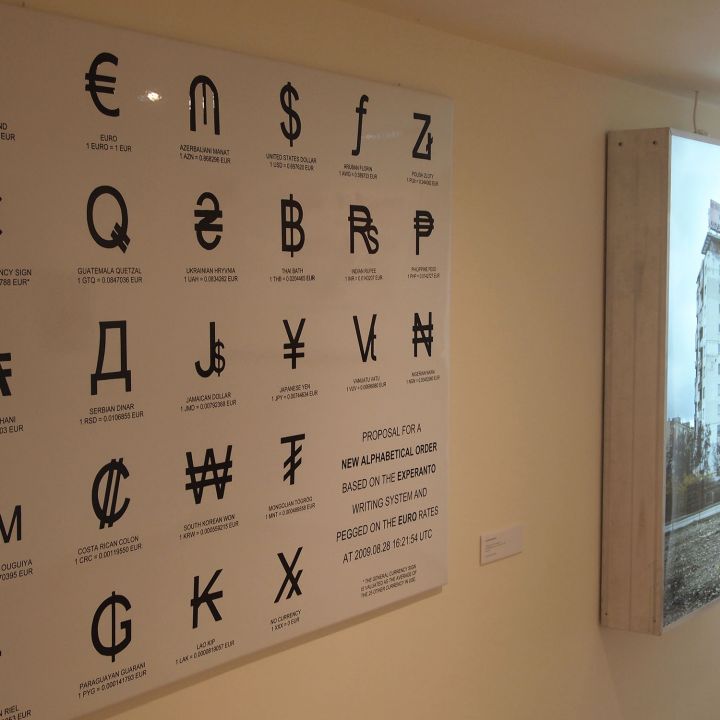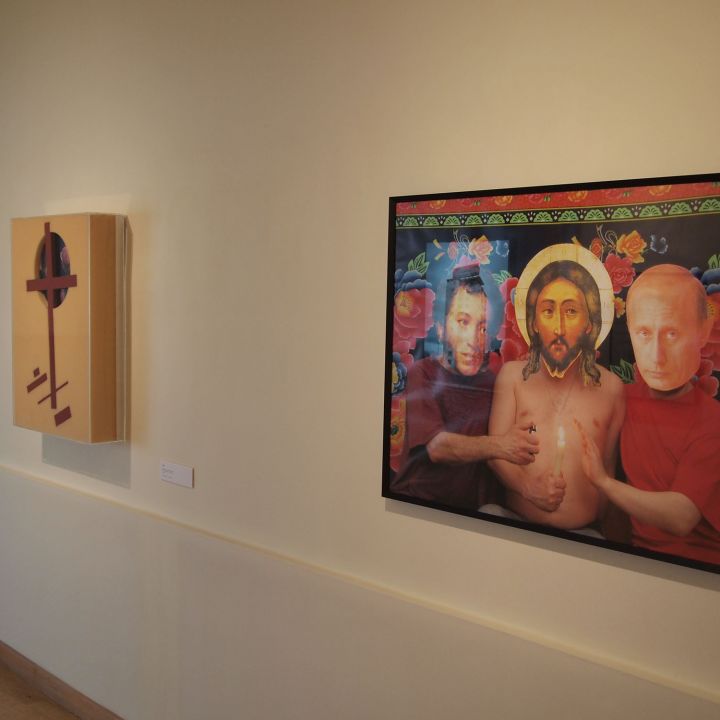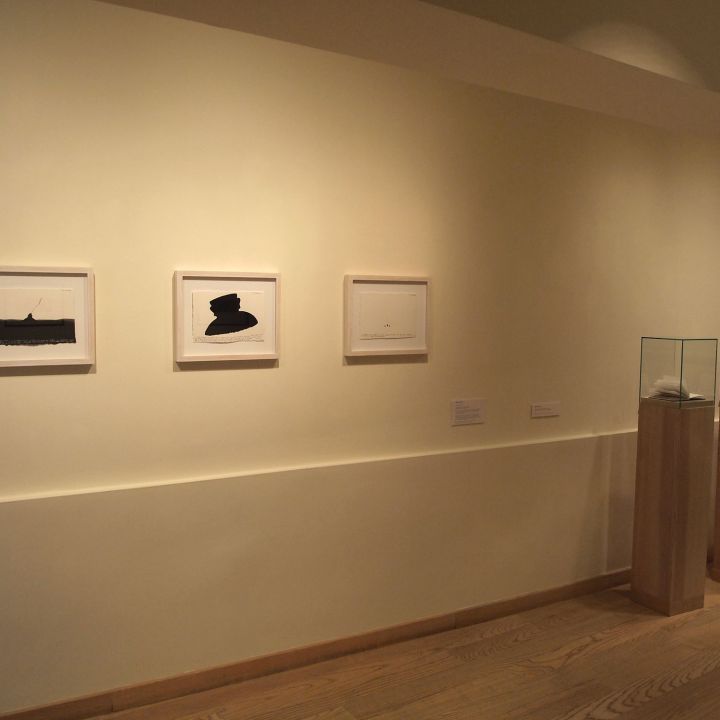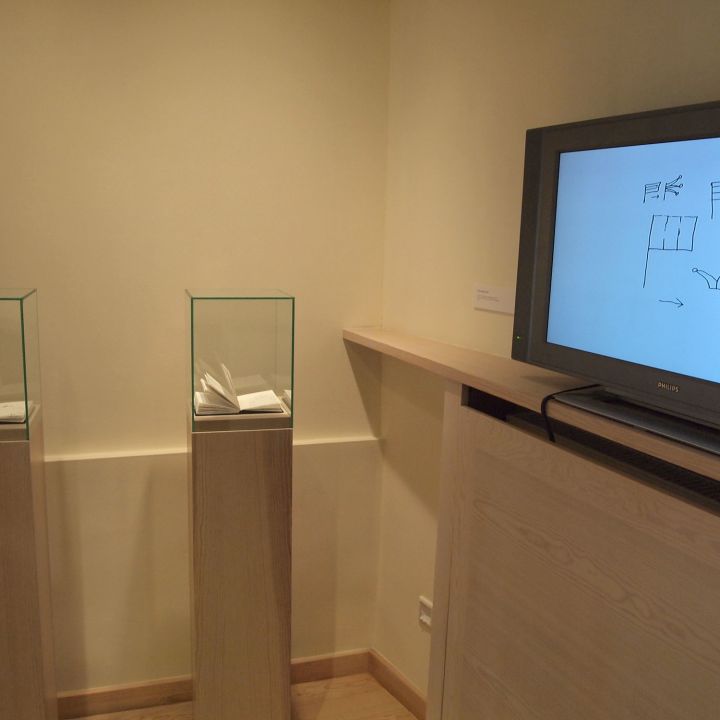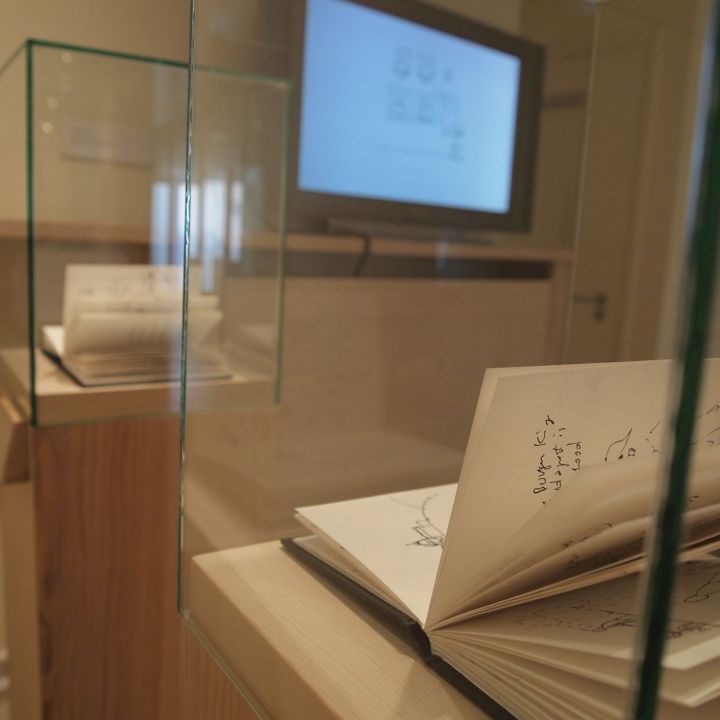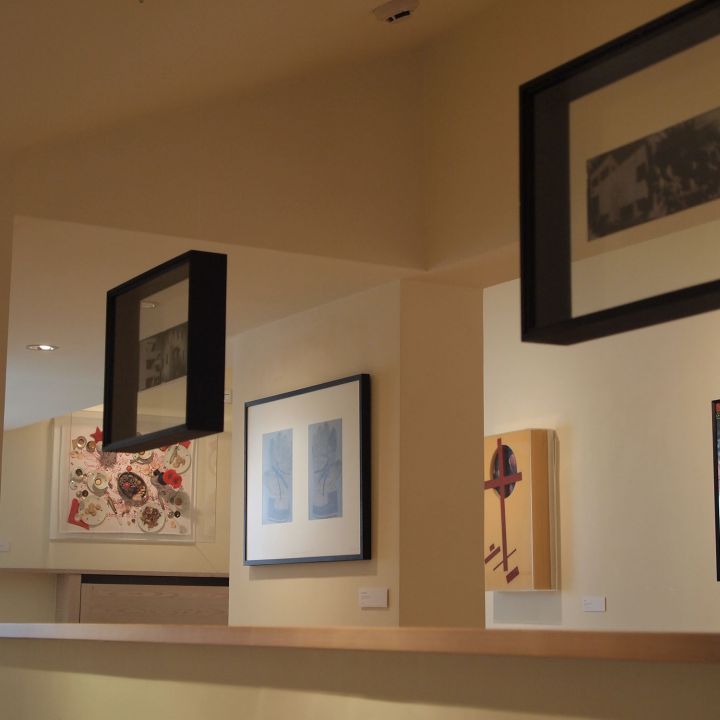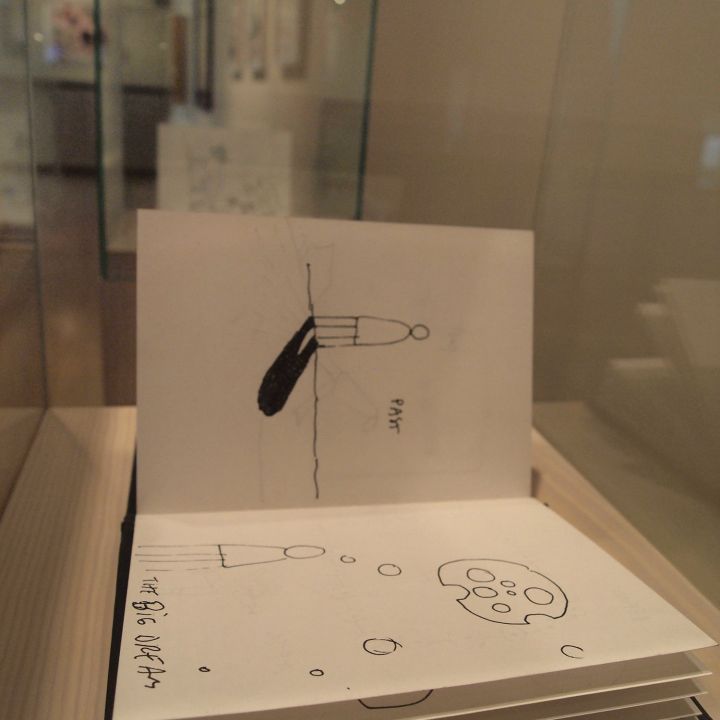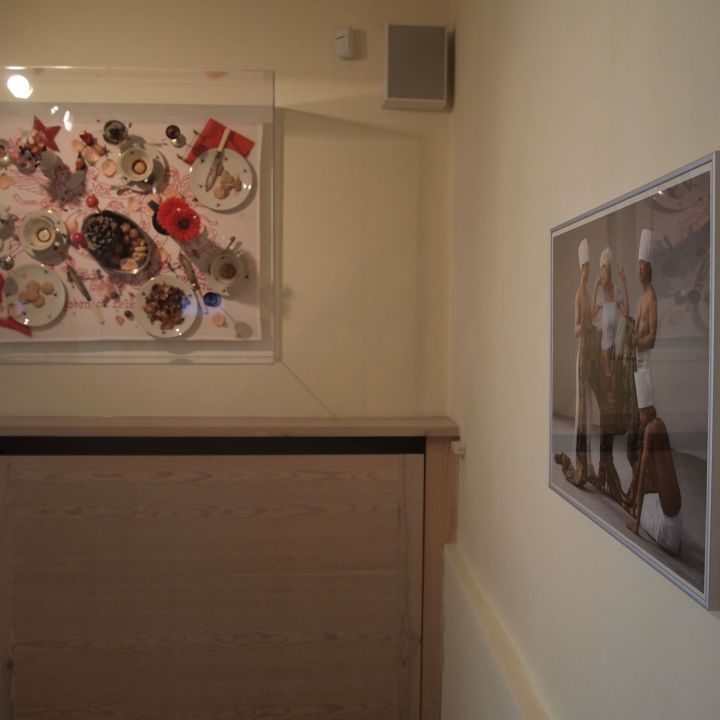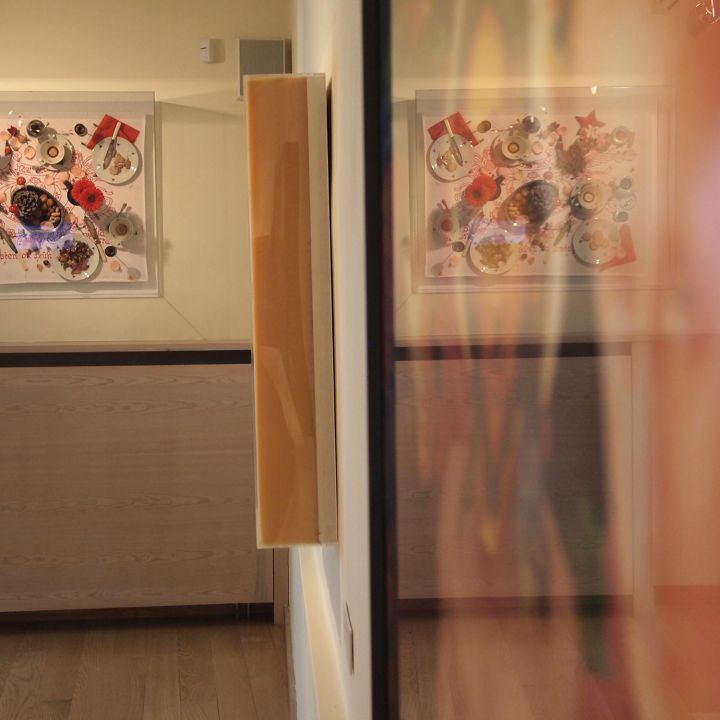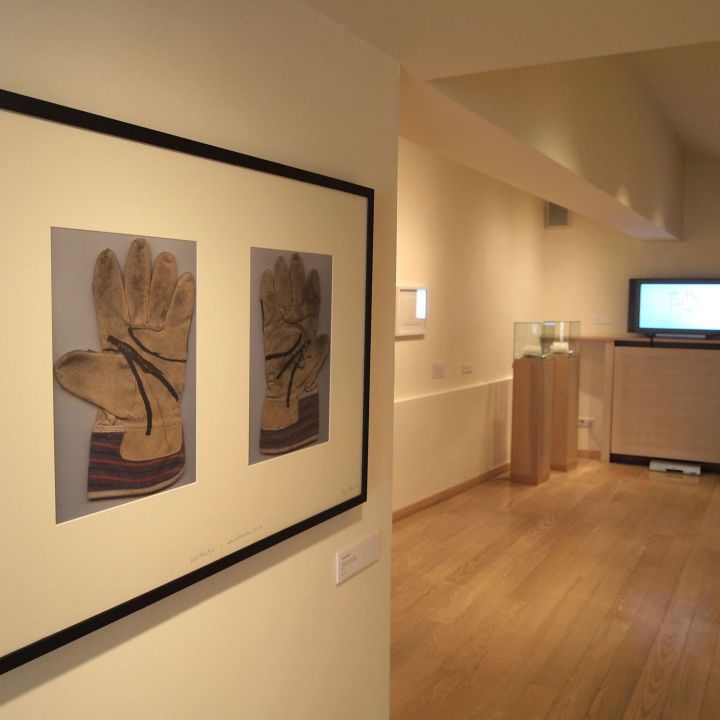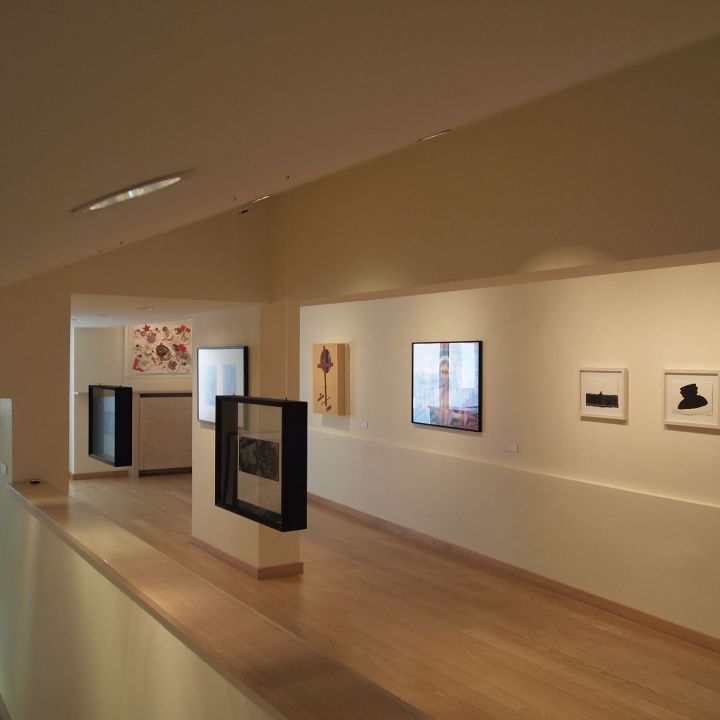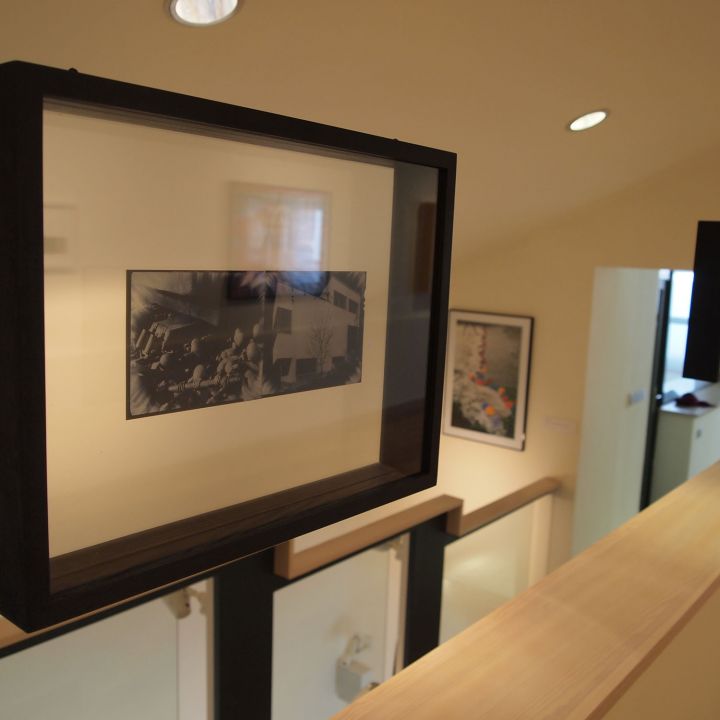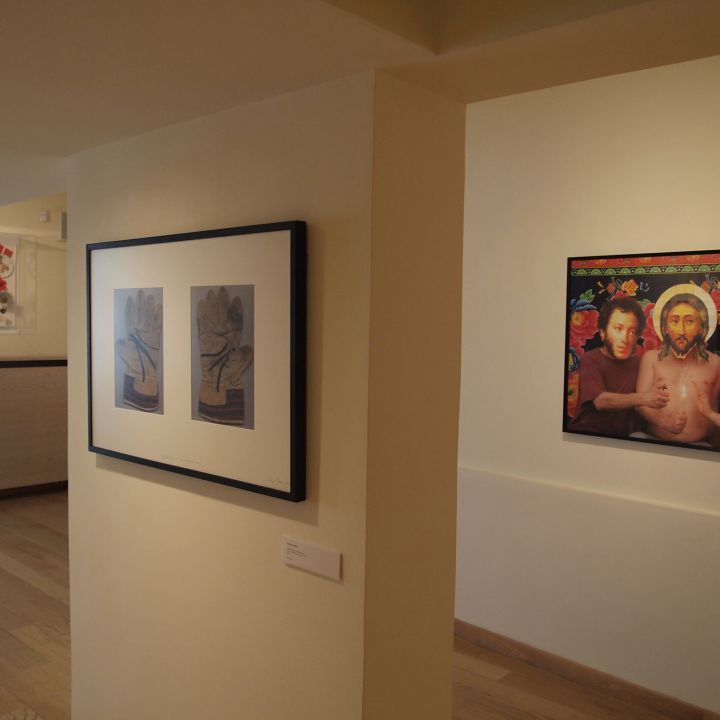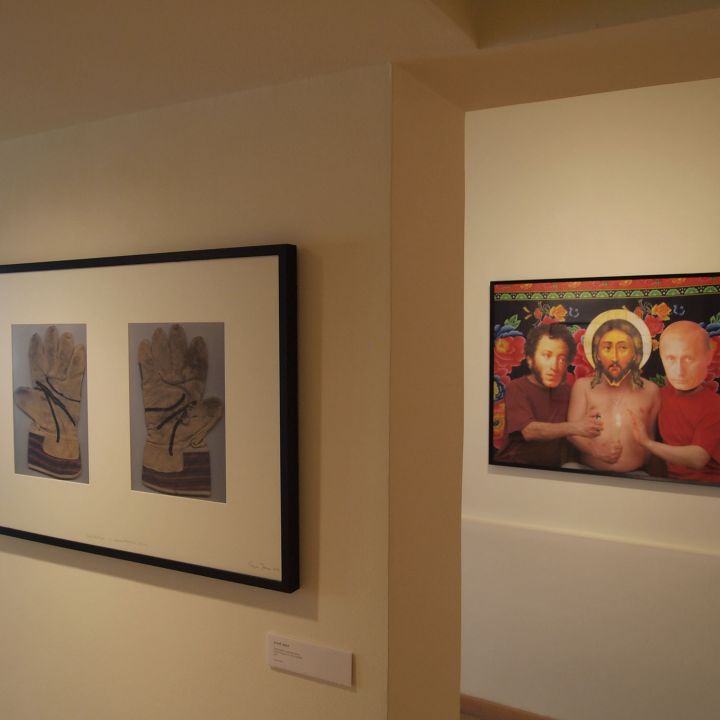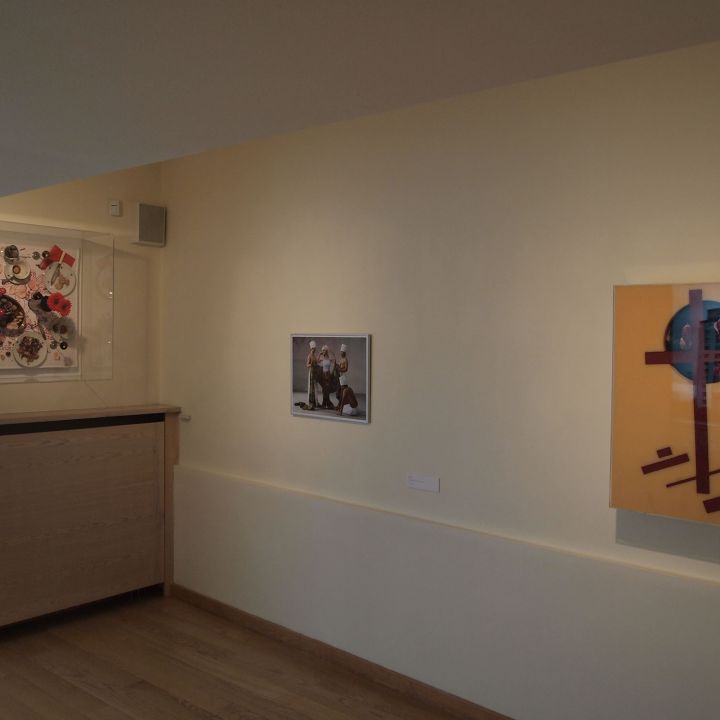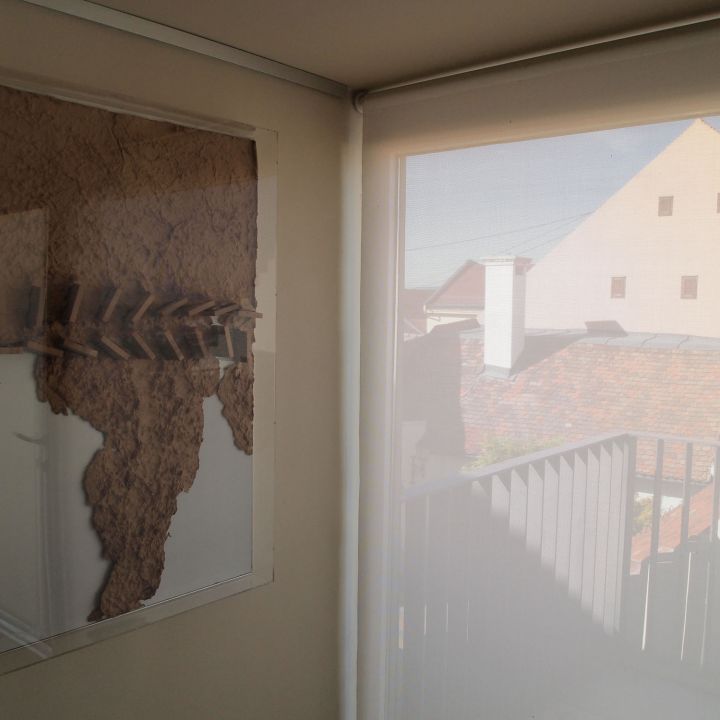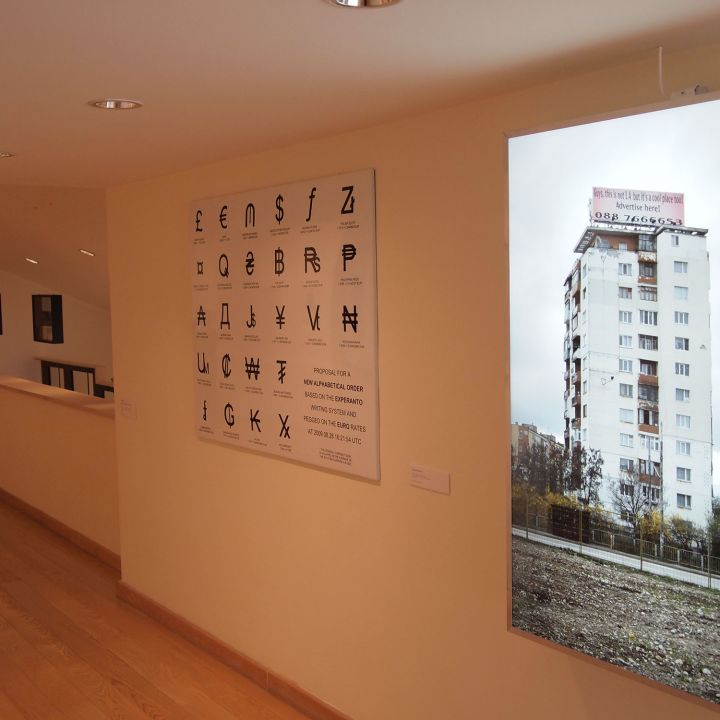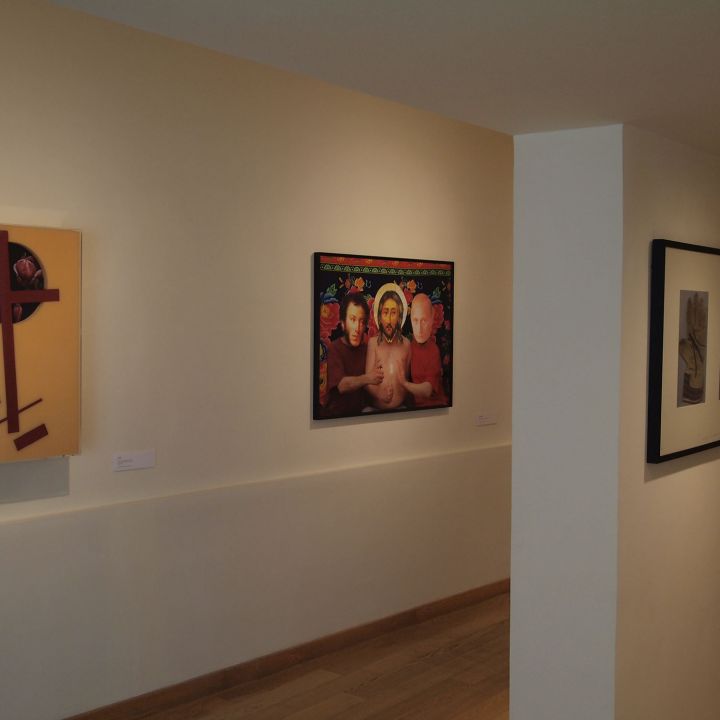View - International art from the collection of Zsolt Somlói and Katalin Spengler
Collection horizon. The word horizon seems old-fashioned, as if it had been forgotten decades ago. Yet it is still an important term today, because among other things it is a sensitive way of describing the limitations of human reception as we strive towards infinity. The metaphor of horizon is similarly old-fashioned: it is as if the late 20th century critique of the utopian and the exaggerated, as if the word - which had its heyday in the world from the 1940s, for example in the influential English magazine Horizon, to the late 1980s - had been slowly driven out of language and with it out of art. And yet in art, in our time, there is perhaps nothing more important than precise positioning and the editing of the horizon. If there is no horizon, there is no ground, the works float in the void. The collection cannot exist if it does not mark a horizon, because there is no basic plane of the coordinate system. And if there is nothing to which to relate desires, then everything becomes equally important or insignificant; it is impossible to find one's way around elements of equal importance. Moreover, the collection is very much like the horizon itself in that it is always striving for perfection, whether spoken or unspoken, but it must always be subject to its own limitations.
The keyword of Zsolt Somlói and Katalin Spengler's collection is horizon, the prerequisite for which is the definition of the coordinate system, the assessment of one's own situation. The situation is given as East-Central Europe; the system here starts from "Central" and its axes are East and Europe. The axiom of the collection is the need to draw a horizon, which is based on the knowledge of contemporary art movements in the world as well as on the figurative tracing of contemporary trends in Eastern Europe, including Hungary. In contrast to the cultural policy that seeks to see Hungarian art in the international bloodstream only on the level of slogans, Somlói and Spengler's approach is a recognition of the situation that is adapted to the possibilities and translated into action. Beyond geographical location, it is an assessment of intellectual relations. Beyond slogans, it is about practice turned into system. In this system, Hungarian contemporary art is a natural part of the international art world: all its works and manifestations can only be interpreted from this point of view. In this system, there is no Hungarian world with a separate entrance, the yardstick for the importance of our ideas, the interest of what we have to say, the horizon of our ideas is outside of us.
The collection of Zsolt Somlói and Katalin Spengler is aimed at artists who use contemporary art to process the relevant ideas of our time with a precise knowledge of their own identity. Works that are able to reflect the era and the identities possible in it, not only in their narrow context. The current selection presents works of global relevance from an East-Central European perspective in parallel structures, referring not only to the present, but also to different pasts and possible futures full of dystopias and utopias. Paweł Książek's collages of film images, which juxtapose dystopian images of Metropolis with Budapest's realisations of Bauhaus architectural utopias. Muntean and Rosenblum's oil painting of a girl with a dreamy gaze looking skyward and a boy with his back turned standing on an escalator, heading into nowhere - walls on both sides, not even a path leading in the other direction. Blue Noses' ironclad photographic caricature of the impasse of cultural, religious and political systems with Pushkin, Putin and a tummy Christ the Savior holding a candle. The perspective is similar in Nedko Solakov's absurd world notes or IRWIN's ironic commentary on Malevich, the only differences being in the paths of the art-historical approach. The contours of the Eastern and Central European positions become even more striking against the backdrop of subjective yet comprehensive worldviews: the individual universes of Tomas Saraceno with their two-billion-year horizon are not bound to humanly conceivable utopias, while Daniele Buetti's global glamour portraits are imprints of the present realized as dystopia.
This coordinate system includes those artists of Hungarian contemporary art who, since the beginning of their careers, have been working with the greatest naturalness on the themes of the world as Eastern-Central Europeans. The works on display suggest deeper and generational connections between Olafur Eliasson and Attila Csörgő, or structures along which the works of Dóra Maurer or Ákos Birkás could be part of the collection of a major Western European or American museum. What is most striking about all three Hungarian artists, as well as the international Société Réaliste, is the very contemporary sense of the horizon, which is perhaps the most that a private collection selection can do today.
JÓZSEF MÉLYI
artists in the exhibition:
AES+F / BIRKÁS ÁKOS / BLUE NOSES / BUETTI, DANIELE / CRAGG, TONY / CSÖRGŐ ATTILA /DUMAS, MARLENE / ELIASSON, OLAFUR / IRWIN / KSIĄŻEK, PAWEŁ / KUNATH, FRIEDRICH / MAURER DÓRA / MIYAJIMA, TATSUO / MUNTEAN/ROSENBLUM / PERJOVSCHI, DAN / SARACENO, TOMAS / SCHNELL, DAVID / SOCIÉTÉ RÉALISTE / SOLAKOV, NEDKO / SOTO, JESÚS RAPHAEL / SUGÁR JÁNOS / SPOERRI, DANIEL / STOYANOV, KAMEN / WURM, ERWIN

